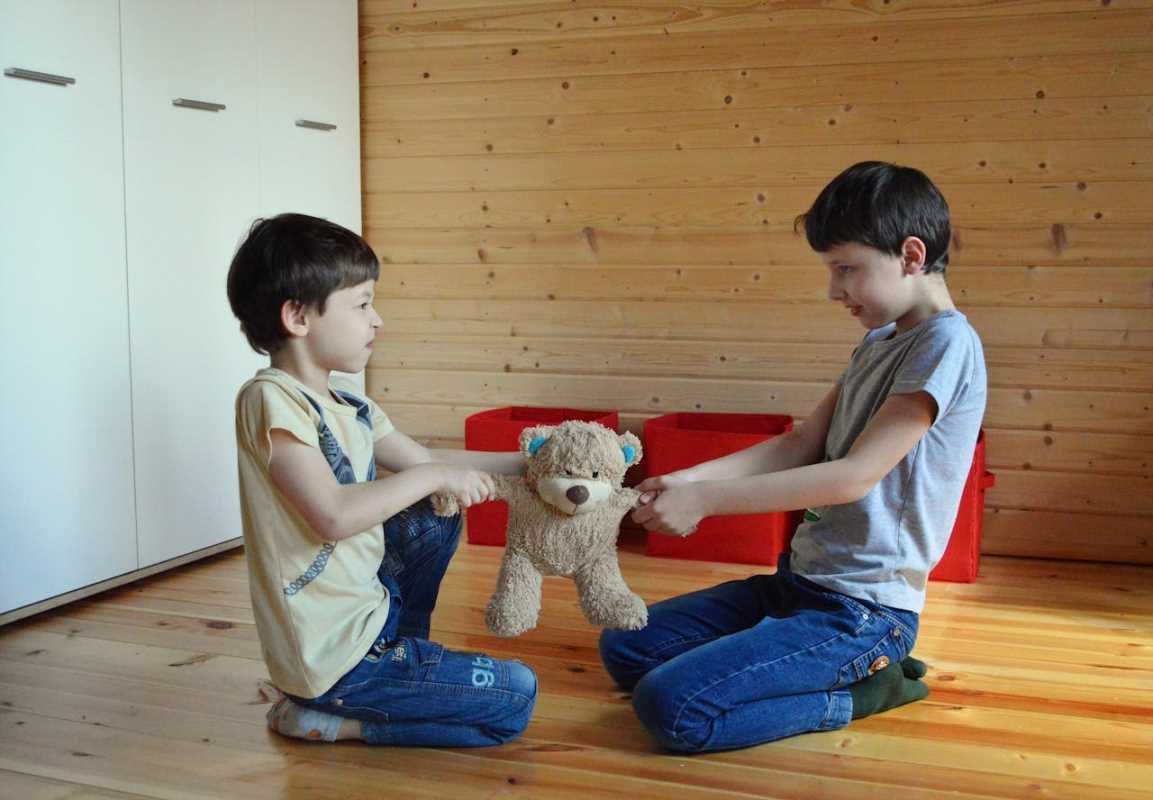Disagreements are a natural part of family life. Even the closest relatives can find themselves at odds over household responsibilities, differing opinions, or sensitive topics. How an argument is handled plays a significant role in determining whether it becomes a constructive conversation or a source of ongoing conflict. Learning when to assert your stance and when to disengage gracefully is key to resolving disputes without damaging relationships. This article offers clear strategies for deciding when to push forward in a disagreement—and importantly, when to step back. By balancing clarity, emotional intelligence, and mutual respect, families can address disagreements in ways that preserve harmony and understanding.
Recognize the Purpose Behind the Disagreement
Arguments often arise because someone feels unheard, misunderstood, or unacknowledged. Understanding the deeper reason behind a conflict can help you decide the best course of action.
- Ask yourself why the issue matters. Is this about a principle, a personal boundary, or simply about wanting acknowledgment? Being clear on your own motives can help determine how much energy to invest in resolving the argument.
- Consider the other person’s perspective. Are they stressed, hurt, or reacting to something unrelated? Understanding their emotions can offer valuable insights into how to proceed.
Focusing on the purpose behind the disagreement rather than surface-level frustrations helps transform the argument into an opportunity for growth and connection.
Push Forward with Conversations That Set Boundaries
Some arguments require standing your ground, especially when they involve personal limits and boundaries. Families thrive when members feel respected and heard, and asserting your needs plays a crucial role in achieving this balance.
- Speak with confidence but remain respectful. For example, instead of saying, “You’re always invading my space,” say, “It’s important for me to have quiet time after work. Can we discuss how to make that happen?”
- Use facts, not assumptions. Avoid framing statements around what you think the other person’s intentions were. Describe actions instead.
- Stick to the topic at hand. Arguments can easily veer off course, with old grievances resurfacing. Stay focused on the current issue to avoid escalation.
Pushing forward helps reinforce the importance of boundaries and encourages clear communication about expectations.
Step Back When Tempers Run High
Arguments that spiral into shouting matches or personal attacks rarely lead to resolution. Stepping back when emotions run high prevents further escalation and allows time for reflection.
- Pause the discussion when it becomes unproductive. Calmly say, “I think we’re both too upset to solve this right now. Can we revisit it later?” Taking this approach signals that you value the relationship and want to resolve the issue under better circumstances.
- Give everyone space to cool down. Create a break by shifting focus to individual activities or taking physical space apart, such as going for a walk.
- Reflect on your role. Use the time apart to consider whether you contributed to the conflict and how you can move forward constructively.
Stepping back isn’t about avoiding the issue—it’s about ensuring discussions happen with mutual respect and clarity.
Understand the Stakes Before Deciding
Not every disagreement requires equal levels of effort or urgency. Before engaging further, weigh whether the argument’s stakes justify pushing forward or stepping back.
- Evaluate the long-term impact. Will the outcome significantly affect family dynamics, personal well-being, or practical responsibilities? Invest energy into disagreements that have lasting implications.
- Consider whether it’s a recurring issue. If similar conflicts keep cropping up, addressing the root cause now—rather than later—may prevent future arguments.
- Ask yourself whether compromise is possible. Some disagreements don’t need to end in total agreement. If finding middle ground seems feasible, consider stepping back to enable collaboration.
Being strategic about when to engage helps you conserve emotional energy for the moments that truly matter.
Push Forward with Active Listening and Validation
Standing your ground doesn’t mean dismissing the other person’s feelings or perspective. Combining assertiveness with active listening and problem solving ensures discussions remain constructive rather than confrontational.
- Acknowledge their emotions. Phrases like, “I understand why this matters to you,” or “It sounds like this is really frustrating for you,” demonstrate empathy.
- Ask clarifying questions. For example, “Can you tell me more about why this feels important?” encourages openness without framing the conversation as a debate.
- Restate their points in your own words. Summarizing what they’ve said signals that you’re listening and trying to understand, even if you don’t fully agree.
Pushing forward in a respectful way builds trust and paves the way for solutions that satisfy everyone involved.
Step Back When Resolving the Conflict Exceeds Your Control
Certain disagreements can’t be resolved by sheer effort. When emotions are entrenched, or when resolving the conflict requires significant time and space, stepping back may be the best approach.
- Know your limits. Recognize when a disagreement becomes emotionally draining or too complex to solve in the moment.
- Accept what you can’t control. Family arguments often stem from misunderstandings or differences that have no immediate solution. Focus on what you can address, such as your own communication or emotional response.
- Seek external support if needed. For deeply rooted conflicts, consider involving a neutral third party, like a counselor or mediator, to help facilitate constructive discussion.
Stepping back in these circumstances demonstrates emotional maturity and ensures conflicts are approached thoughtfully.
Strive for Resolution, Not Victory
Arguments too often center on “winning” or proving a point. Shifting the focus toward finding a resolution reinforces shared values and encourages collaboration.
- Identify common ground. Highlight shared intentions and areas of agreement. For instance, “We both want to make sure the kids feel supported. What steps can we agree on to make that happen?”
- Offer solutions rather than criticisms. Instead of focusing on what went wrong, present actionable ideas to move forward.
- End on a positive note. Regardless of whether complete resolution was reached, express gratitude for the discussion and reinforce a commitment to improving communication.
Prioritizing mutual understanding over personal victory strengthens relationships and fosters harmony over time.
Families are strongest when conflicts become opportunities for growth rather than sources of division. Take each argument as a chance to learn, connect, and support one another in building a harmonious home.







